Get to know your dog – Routine health checks
An important part of caring for our Bullmastiffs is knowing what is “normal” and what isn't for each individual dog we own, so that we can catch any potential problems in their early stages.
The following checklist is by no means all-inclusive, but it's a good start. Hopefully having read this list something in the back of your mind will sound the warning bell should it ever be necessary.
Regularly handling and inspecting your dog from an early age will get them prepared for a visit to the Vet, it also aids the Vet in their diagnosis when the owner can give a history of changes of habit and behaviour.
It is useful to have the Vets phone number near or programmed into your telephone and to have a family plan of action in place should an emergency arise.
If you are ever worried, unsure or concerned about the condition of your dog at any time during the day or night then contact your Vet.
The following checklist is by no means all-inclusive, but it's a good start. Hopefully having read this list something in the back of your mind will sound the warning bell should it ever be necessary.
Regularly handling and inspecting your dog from an early age will get them prepared for a visit to the Vet, it also aids the Vet in their diagnosis when the owner can give a history of changes of habit and behaviour.
It is useful to have the Vets phone number near or programmed into your telephone and to have a family plan of action in place should an emergency arise.
If you are ever worried, unsure or concerned about the condition of your dog at any time during the day or night then contact your Vet.

General Demeanour
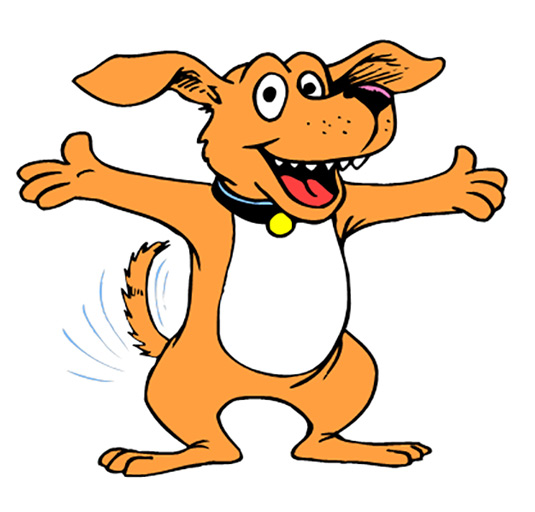
Is your dog alert, active and in good spirits? Does his overall behaviour seem consistent?
Watch out for:-
- A normally active dog becomes lethargic.
- A dog continuously vomits.
- A dog that is making unproductive attempts to vomit.
- A dog whos stomach looks like it is starting to swell / feels hard to the touch.
- Its motions are very loose, or worse it has diarrhoea.
- There is loss of blood.
- Is the dog dehydrated? Test the skin's mobility.
- A dog does not want to get up.
- A dog is unconscious.
- A dog is having a fit or seizure.
Eating & Drinking
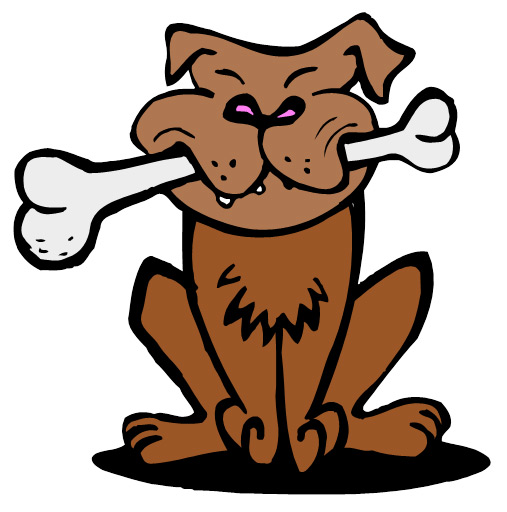
Eating
Is your dog alert, active and in good spirits? Does his overall behaviour seem consistent?
- Note the size of the dog’s stomach before and after eating.
- A dog with a normal healthy appetite refuses to eat.
Drinking
Does he drink a normal amount of water with no difficulty?
- Similarly, drinking patterns should be observed.
- Any deviation from the norm, particularly an increase in water consumption, should be investigated.
- Get to know how much water your dog drinks each day.
Weight
Monitor your dog’s weight and keep a note of it.
- If you are visiting the vets with your dog ask them to weigh him / her.
Temperature & Respiration
The average temperature for a dog
38.3 C – 38.7 C or 100.9 F – 101.7F
The average respiration for a dog
10 - 30 breaths per minute (depending on size of dog)
Check your dog’s respiratory rate; this can be done by watching your dog’s chest movements, get to know what is normal when your dog is at rest, during and after exercise.
- Does he breathe normally and with ease?
- Watch for coughing, breathlessness, or excessive panting.
Heart Rate / Pulse

Get to know what is normal when your dog is at rest, during and after exercise.
- Your dog's heart rate should be between 60 -150 beats a minute, of course, this depends on your dog's size. Smaller dogs have faster heart rates then bigger dogs.
- You can check this by counting the number of beats for 15 seconds and multiply by 4. Put your finger on the femoral artery which is under the thigh bone halfway between the knee and hip.
Ears

The ears should be clean and pink inside, free from foreign matter, excess wax build-up, redness, swelling, discharge, & foul odour.
- Is there any swelling or scabbing along the ear flaps?
- Does the dog act as though his ears are itchy and/or painful? Ears not being held like they normally are / one ear held lower than the other. Look for frequent scratching or shaking of the head it could be a sign of infection.
- Check that there is no discharge or odour coming from the ear canal. Examine ear flaps for presence of wounds or swellings.
- They should be pink, smooth, clear and with a slight sheen of oil. They should be sweet-smelling with no excessive build up of wax and not swollen.
- Check for ear mites.
Eyes
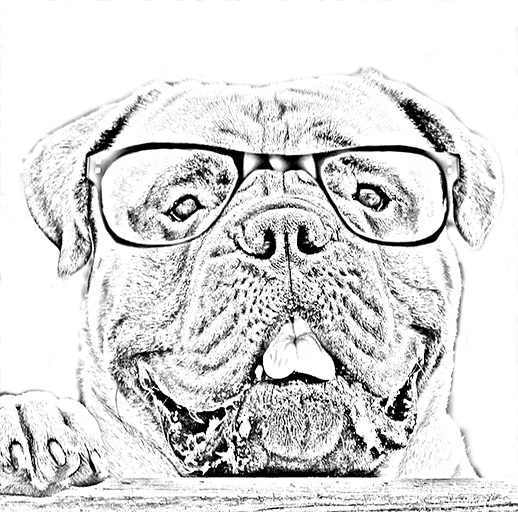
There should be no discharge from the eyes and no redness.
- The dog should have no difficulty keeping the eyes open.
- Excessive blinking, runny eyes, coloured discharge, redness to the eyeball or reluctance to keep an eye open may indicate a problem.
- There should be no swelling or redness of the eyelids.
Nose
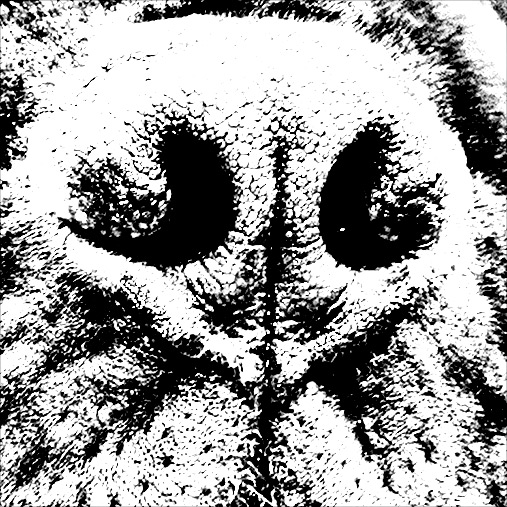
There should be no discharge from the nose and no excessive sneezing.
- The dog should have no difficulty in breathing normally through its nose.
- A healthy dog may have a mild runny nose occasionally with no cause for alarm, but chronic or severe nasal discharge could indicate health issues. A mild runny nose is characterized by small amounts of watery discharge.
- Any nasal discharge that has a thick, creamy, or gelatinous consistency and/or appears yellow, green, or grey and/or contains blood is a more immediate concern.
- The nose leather is usually moist and cool, but a warm dry nose is not necessarily indicative of illness.
- If the nose is very dry then an edible oil or Vaseline will help restore it.
Mouth

Examine the teeth & gums by lifting the lips front and sides. Then open the mouth wide and check the teeth inside the mouth and also look at cheeks, the back of the throat and tongue.
- Check the teeth and mouth for foreign bodies, dental decay, accumulation of tartar and inflammation of gums.
- Gums should be pink; any redness may indicate a problem.
- Check for growths on the gums.
- Make sure that there are no broken or loose teeth and that the teeth are clean and have no brown accumulations of tartar or trapped food particles.
- Check the tongue for sores, cuts, growths.
- Check the lip folds for any accumulation of food.
- Smell the breath. If there is a foul odour this could be a sign of bad teeth, gum problems, or digestive problems.
Circulation
Check by pressing firmly on their gum above their sharp teeth. Everything is fine if the spot is pale when you stop pressing but then changes to pink within 2 seconds.
Locomotion
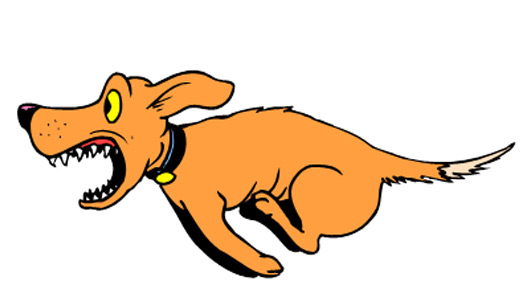
Watch the way your dog moves.
Look for any signs of lameness and for any swelling on the legs or joints.
- Are his muscles strong and firm?
- Do you notice any difficulty, stiffness or pain when he walks, runs or plays?
- Does he show any reluctance to jump into the car, walk upstairs, run, or play?
- Does he seem stiff when he gets up from a rest?
- Does he show any discomfort when touched on any part of his body?
Grooming & General Check
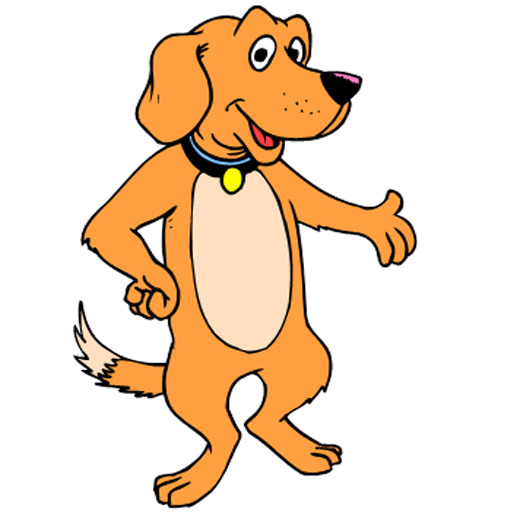
Get to know your dog’s body.
Run your hands over every part of their body to check for lumps and bumps.
- Examine the skin top to toe, stomach, armpits and under the tail for any cuts, scratches, inflammation, hot spots, parasites, dandruff, etc.
- Note any signs of discomfort when being handled.
- Make a note of the size and shape and location of any lumps you may find.
- Listen to the chest for wheezing.
- Do you notice any soreness or inflammation around his anal sacs, any reluctance to defecate, excessive licking, or scooting on the ground?
- Does he show any discomfort when touched on any part of his body?
Paws & Claws
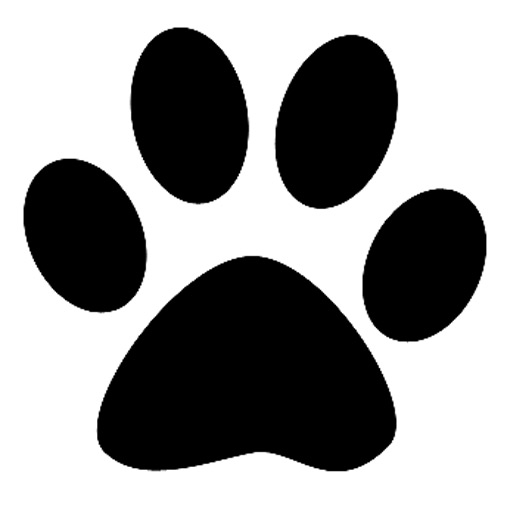
Examine paws between the toes and underneath.
- Check for wounds, foreign bodies, cracks, interdigital cysts and nail bed infections.
- Check nail beds for signs of inflammation.
- Examine claws for length and presence of splits.
- Don't forget the dew claws.
Skin & Coat

Run your fingers through your dog’s coat. Is his skin the usual colour, clean and free from debris, redness, pustules, flaky debris, dandruff, or excess oil?
- Look for areas of thickened skin and baldness particularly on elbows and hocks.
- Check for evidence of excessive scratching and the presence of abrasions.
- Test the skin's mobility.
- Look for worm segments around anus.
Bitches
Genital Organs
Vulva
- Look for presence of discharge from vulva.
- Check vulva for wounds or inflammation of surrounding skin.
Mammary Glands
- Look for presence of milk by gently squeezing the teats.
- Feel the glands for the presence of tumours.
- A good time to carry out this examination is about one to two months after the bitch has been in season or when bitches are in season.
Seasons
- Keep a note of the dates when your bitch comes into season the colour and consistency of the discharge over that time and how long it lasts.
- Watch for discharge and changes in eating and drinking habits after the season has ended.
Dogs
Genital Organs
Penis & Testicles
- Check penis, prepuce and scrotum for wounds.
- Look for discharge.
- Note size and shape of testicles and check for lumps.